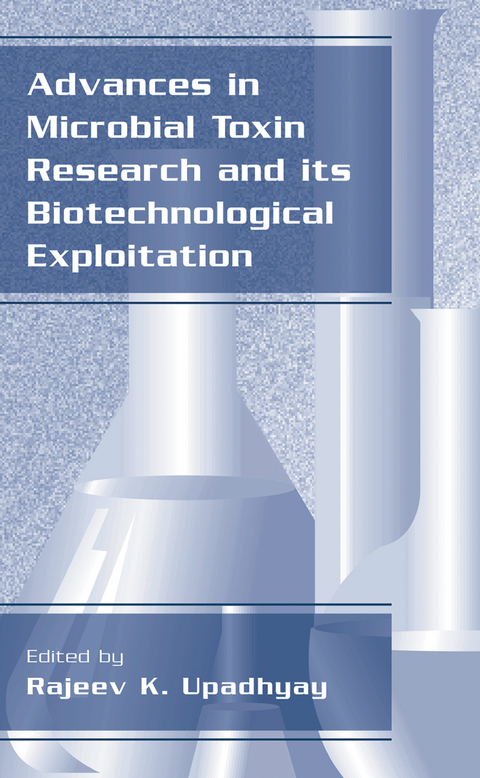
Advances in Microbial Toxin Research and Its Biotechnological Exploitation
Kluwer Academic/Plenum Publishers (Verlag)
978-0-306-47255-8 (ISBN)
A Chemical Approach for Elucidating the Molecular Interaction of Host-Specific AK-toxin, with Japanese Pear.- Beauvericin: Chemistry, Biology and Significance.- Suppressor — and Elicitor-Activities of Magnaporthe grisea Toxin in Rice Leaves.- Toxinogenesis of Fusarium graminearum, Clonal Variability and Influence of Substrate and Agrochemicals.- The Aflatoxins: Evolution, Function and Prospects for Control.- Oxygen Activation by Fungal and Bacterial Toxins.- Theromoresponsive Phytotoxin Production in Plant Pathogenic Bacteria.- Cerato-ulmin, a Toxin Produced by the Pathogens of the Dutch Elm Disease.- Lipopeptide Secondary Metabolites from the Phytopathogenic Bacterium Pseudomonas syringae.- Toxicity of Syringomycins and its Pathological Significance.- Structural Diversity of Lichen Metabolites and Their Potential Use.- Algal and Cyanobacterial Metabolites as Agents for Pest Management.- Engineering Disease Resistance in Plants Using Phytotoxins as Molecular Stooges.- Inhibition of Ceramide Synthesis in Plants by Phytotoxins.- Advances in Molecular Biology of Phytotoxin Production and its Involvement in Plant Pathogenesis.- Insecticidal Proteins of Bacillus Thuringiensis and Their Application in Agriculture.
| Erscheint lt. Verlag | 30.6.2002 |
|---|---|
| Zusatzinfo | XII, 288 p. |
| Verlagsort | New York |
| Sprache | englisch |
| Maße | 178 x 254 mm |
| Themenwelt | Naturwissenschaften ► Biologie ► Botanik |
| Naturwissenschaften ► Biologie ► Genetik / Molekularbiologie | |
| Technik ► Umwelttechnik / Biotechnologie | |
| ISBN-10 | 0-306-47255-4 / 0306472554 |
| ISBN-13 | 978-0-306-47255-8 / 9780306472558 |
| Zustand | Neuware |
| Haben Sie eine Frage zum Produkt? |
aus dem Bereich


